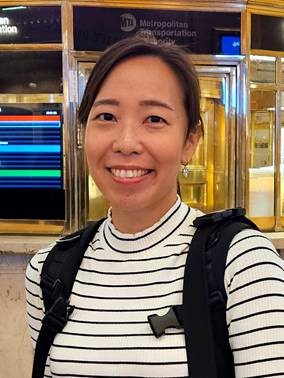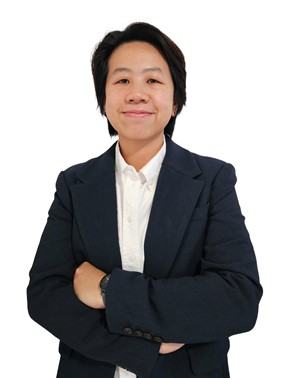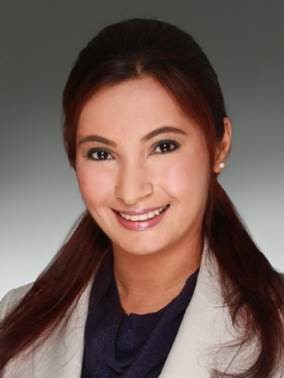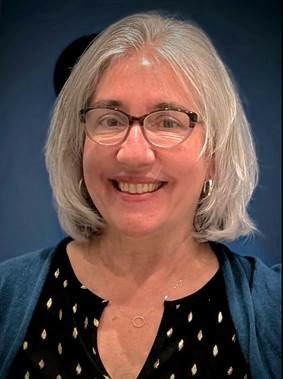Fulbright Distinguished Awards (DAI) in Teaching Program
Fulbright Distinguished Awards in Teaching Program for International Teachers

Introduction
The DAI Program is one of the flagship international educational exchange programs supported by the U.S. government. It brings outstanding international educators to the United States (U.S.) for a semester-long program to pursue individual or group projects, take courses for professional development at a U.S. host university, and observe and share their expertise with U.S. colleagues.
The DAI Program has provided our educators with good exposure and understanding of teaching and learning practices in overseas institutions and schools, and has allowed them to more deeply appreciate the strengths and areas of relative weakness of our education system as they engage in professional networked learning and dialogue with educators from the U.S. and from other participating countries.
Participating countries/region :
|
· Bangladesh |
· Greece |
· Mexico |
· Senegal |
|
· Botswana |
· India |
· Morocco |
· Singapore |
|
· Brazil |
· Indonesia |
· New Zealand |
· Uganda |
|
· Finland |
· Israel |
· Philippines |
· United Kingdom |
Educators who return from the DAI Program in the U.S. will share their
learning at national platforms like the Teachers’ Conference and ExCEL
Fest (TCEF), and will get to work with the related Master Teachers to explore
how their learning can be extended to the teaching fraternity. In years
when there is no TCEF, AST organises an Inquiry Project Sharing session
during which the DAI recipients come together to engage in professional
dialogue with our teachers on the implications of the learning from the
DAI Program against our local educational context.
Hear more from our Fulbrighters!
SINGAPORE FULBRIGHT AWARD RECIPIENTS 2024

|
Ms Michelle Goh Si Rong
|
|
|---|---|---|

|
Ms Huang Xiujuan Michelle
|
|

|
Ms Sukhjeet Kaur
|
|
US FULBRIGHT AWARD RECIPIENTS 2024
The DAI Program also involves educators from the U.S. coming to Singapore for an exchange. These educators are attached to Singapore schools and MOE HQ divisions, and also provide professional development offerings to teachers in the schools to which they are attached.

|
Ms Geraldine Maskelony
|
|
|---|---|---|

